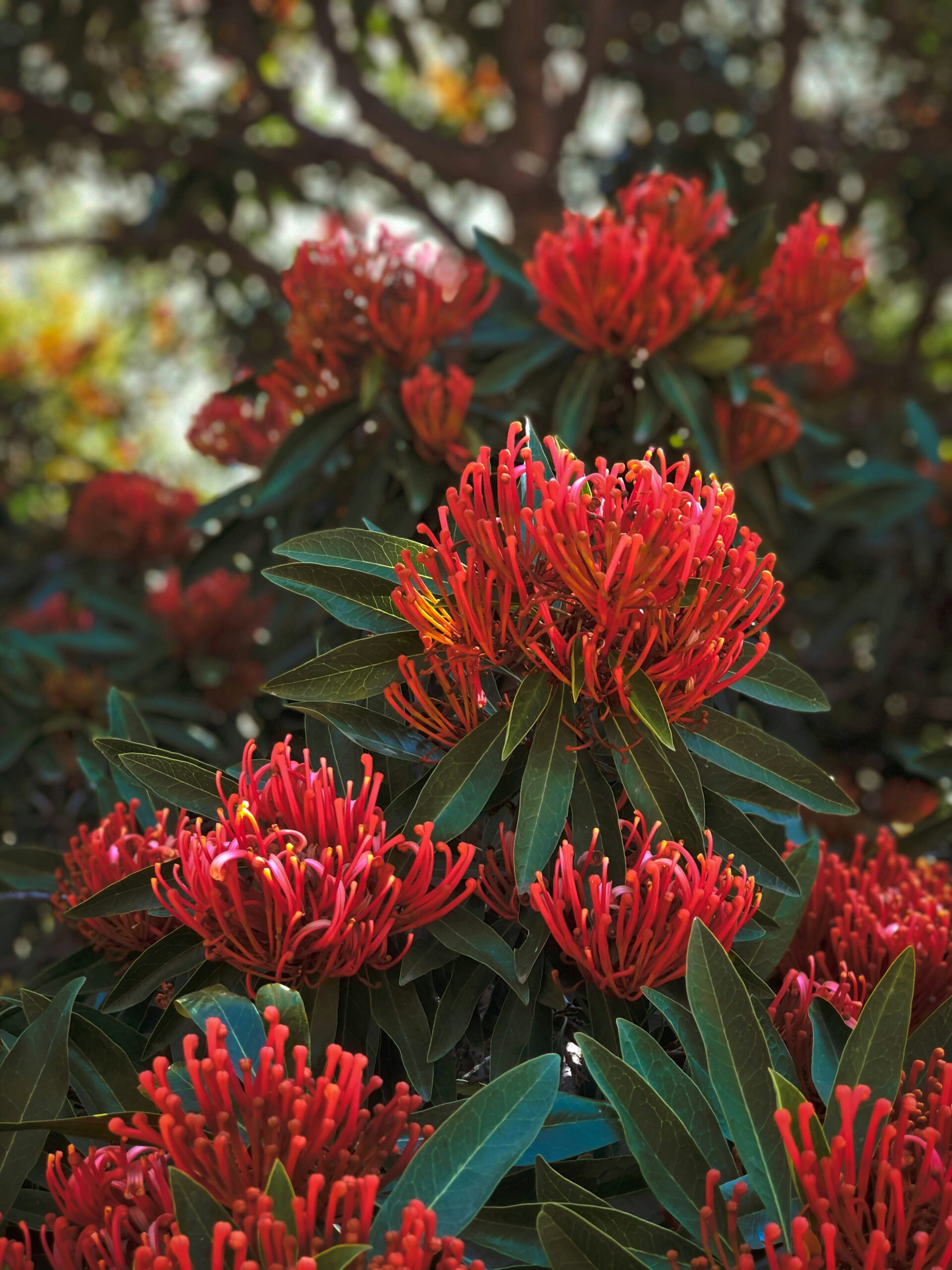Gardening beautifully combines art and science. Even the most experienced gardeners are continually looking for innovative tips to improve their gardens.
We’ve got 15 top gardening hacks to help your garden thrive, whether you’re tending a small plot or a sprawling backyard oasis. These simple but effective techniques can transform your gardening experience.
Discover how everyday household items can help you grow beautiful, healthy plants. Try these clever tricks and watch your garden thrive like never before!
#1 – Epsom Salt for Greener Leaves


Recipe: Dissolve 1 tablespoon of Epsom salt in a gallon of water. Use this solution to water your plants once a month.
Why it works: Epsom salt provides magnesium, a vital plant nutrient, which helps in the production of chlorophyll and produces greener leaves. However, it is important to note that not all plants need additional magnesium and overuse can harm some plants. More about Epsom salt for greener leaves
#2 – Hydrogen peroxide for dying plants
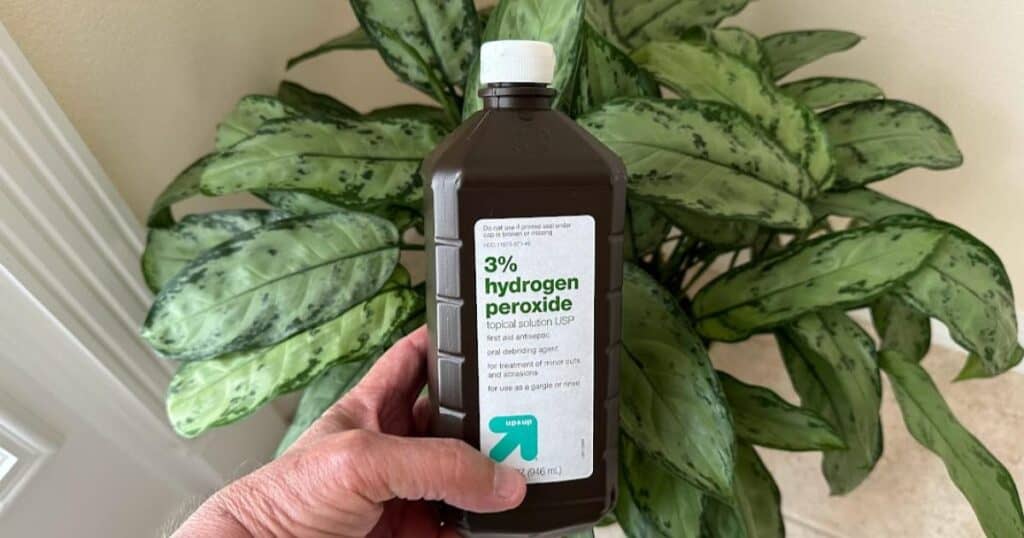

Recipe: Mix 1 teaspoon of hydrogen peroxide in a cup of water. Use this solution to water the base of the plant.
Why it works: Hydrogen peroxide releases oxygen into the soil, which can help aerate it and promote root health. It may also have mild antibacterial properties, which can help with root rot caused by overwatering. Learn More About Hydrogen Peroxide for Dying Plants
#3 – Baking soda for tomato disease
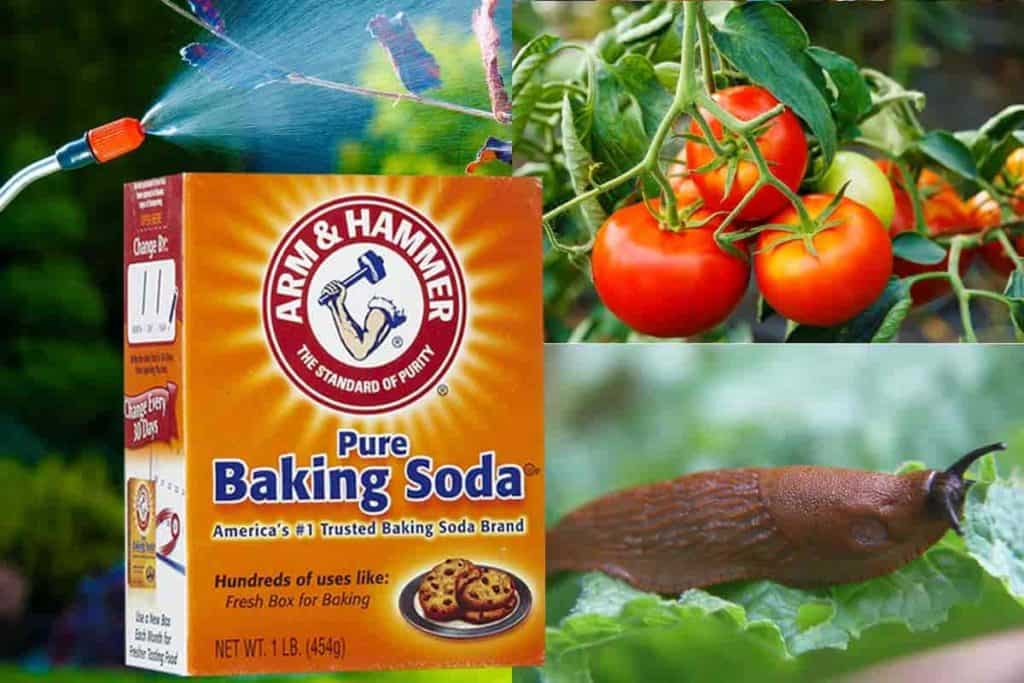

Recipe: Mix 1 tablespoon of baking soda with 1 gallon of water and a few drops of liquid soap. Spray this solution on tomato plants weekly.
Why it works: Baking soda can help prevent fungal diseases like powdery mildew by creating an alkaline environment that is less favorable for fungi. However, it should be used with caution as it can alter the pH of the soil. More about baking soda in the garden
#4 – Cinnamon for fungus gnat prevention
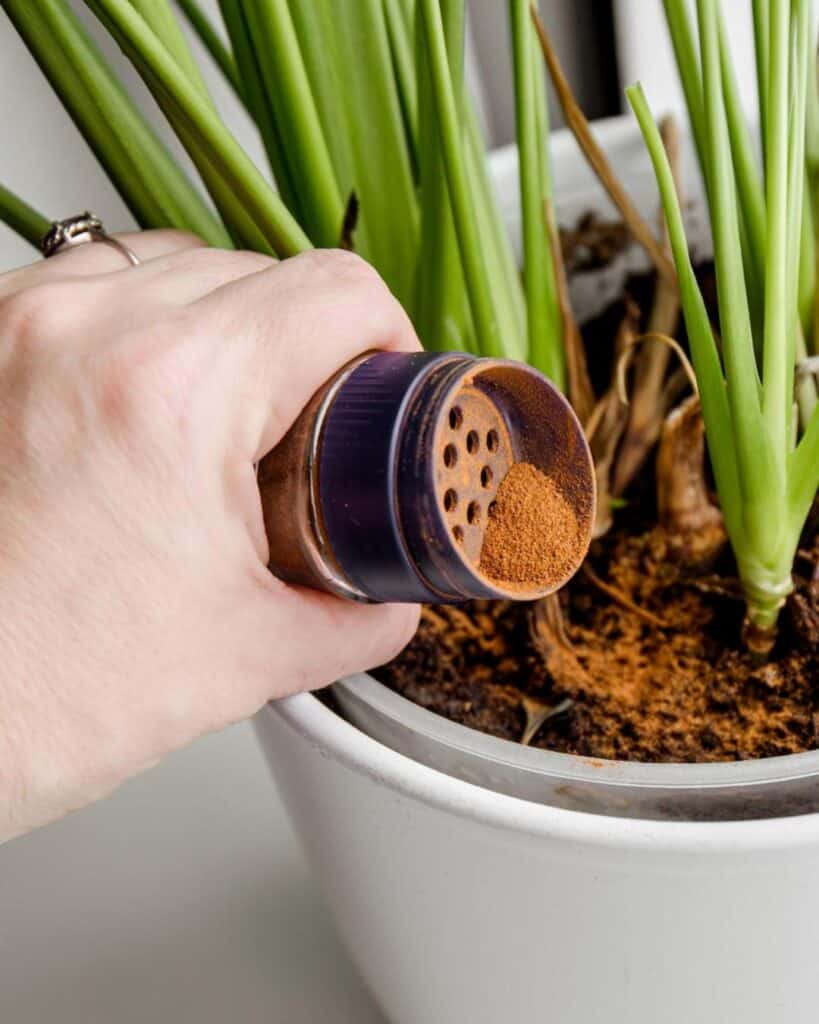

Recipe: Sprinkle ground cinnamon over the soil surface of your potted plants.
Why it works: Cinnamon has antifungal properties that can help prevent the growth of fungi, which are a food source for fungus gnats. Reducing fungus can help control mosquito populations. More information on using cinnamon for fungus gnats
#5 – Ground coffee for acid-loving plants
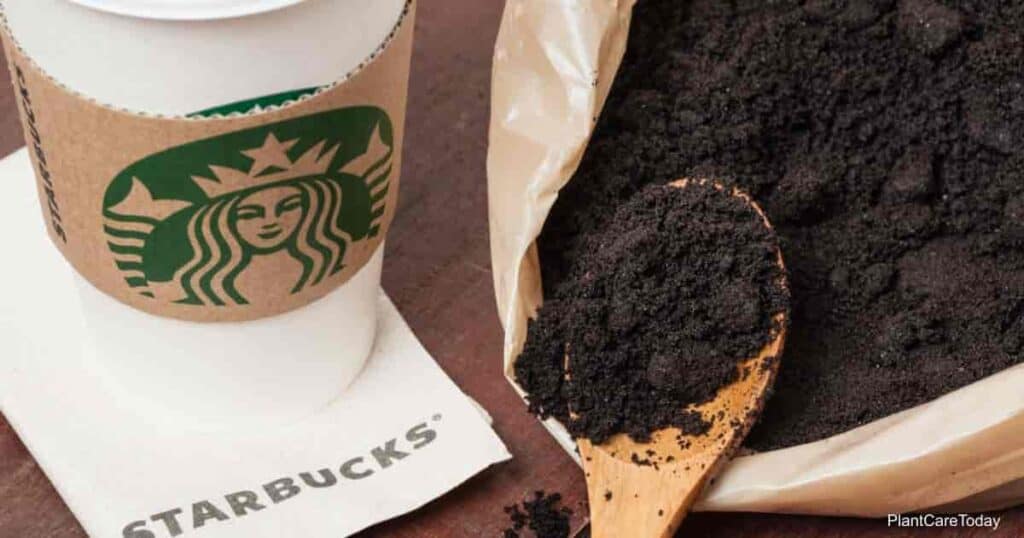

Recipe: Spread used coffee grounds around the base of acid-loving plants, such as blueberries and azaleas.
Why it works: Coffee grounds can slightly acidify the soil, which benefits plants that thrive in acidic conditions. They also add organic matter, improving soil structure and nutrient content. More on coffee grounds for acid-loving plants
#6 – Aspirin for plant immunity
Recipe: Dissolve 1 aspirin tablet in a gallon of water. Use this solution to water your plants every few weeks.
Why it works: Aspirin contains salicylic acid, which can mimic plant hormones that trigger immune responses, potentially helping plants resist disease and stress.
#7 – Banana peels as a nutrient-rich fertilizer
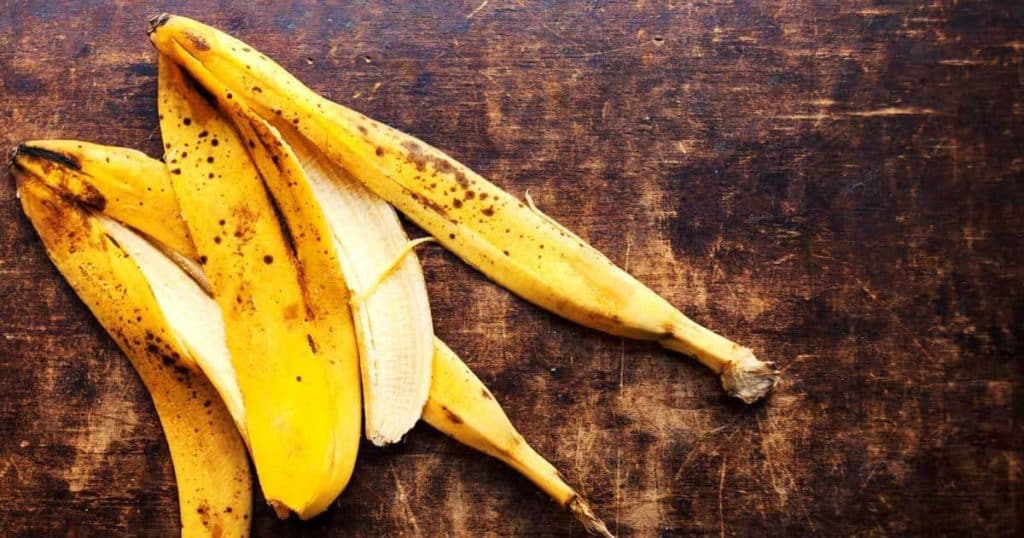

Recipe: Chop banana peels and bury them in the soil near the base of the plants.
Why it works: Banana peels break down and release potassium and phosphorus, which are essential nutrients that promote healthy plant growth and flowering. Learn more about banana peels as a nutrient-rich fertilizer.
#8 – Milk for powdery mildew
Recipe: Mix 1 part milk with 2 parts water and spray it on plants affected by powdery mildew.
Why it works: Milk proteins can act as a natural fungicide when exposed to sunlight, helping to control powdery mildew. More about milk for powdery mildew
#9 – Vinegar for weed control
Recipe: Spray undiluted white vinegar directly on the weeds on a sunny day.
Why it works: The acetic acid in vinegar acts as a natural herbicide, drying out the leaves of weeds and ultimately killing them. It is most effective on young weeds and should be used carefully to avoid damaging desirable plants. More about vinegar for weed control
#10 – Beer for slug traps
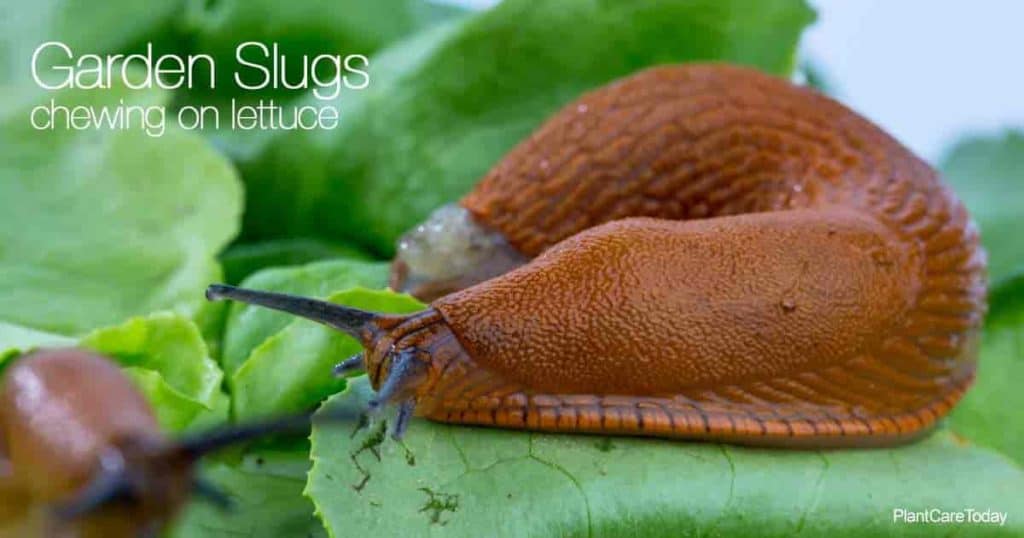

Recipe: Pour the beer into a shallow dish and place it in the garden near slug-prone plants.
Why it works: Slugs are attracted to beer yeast. They will crawl into the dish and drown, reducing their population in your garden.
#11 – Rice water for healthy roots
Recipe: Use the water from rinsing the rice to water your plants.
Why it works: Rice water contains starches and some nutrients that can promote root growth and overall plant health. However, its effectiveness may vary depending on plant and soil conditions.
#12 – Sugar for pest control
Recipe: Mix 1 tablespoon of sugar with a gallon of water and spray it on aphid-infested plants.
Why it works: Sugar water can attract beneficial insects like ladybugs, which feed on aphids, helping to naturally control pest populations. However, the effectiveness of this method can be inconsistent.
#13 – Chamomile tea for seedlings
Recipe: Prepare chamomile tea and let it cool. Use it to water seedlings.
Why it works: Chamomile tea has antifungal properties that can help prevent wilt disease, which is common in seedlings.
#14 – Honey to root cuttings
Recipe: Dip the cut end of a plant in honey before planting it in the ground.
Why it works: Honey has natural antiseptic and antifungal properties that can protect cuttings from infection and promote root growth. However, it is not a rooting hormone and should be used in conjunction with proper rooting techniques.
#15 – Eggshells to increase calcium
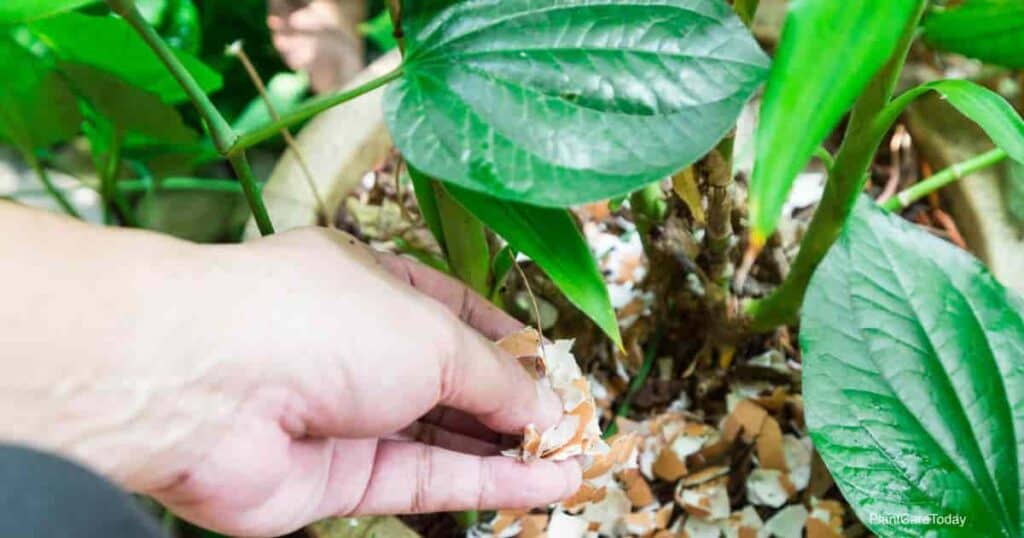

Recipe: Rinse and dry the eggshells, then grind them into a fine powder. Sprinkle this powder around the base of your plants or mix it into the soil.
Why it works: Eggshells are a great source of calcium, which is essential for plant cell wall structure. This helps prevent problems like blossom-end rot in tomatoes and peppers. However, eggshells break down slowly, so their effects may take time to manifest. More information on eggshells to increase calcium
These gardening tricks are generally effective, but it is important to consider the specific needs of your plants and garden conditions before applying them.



